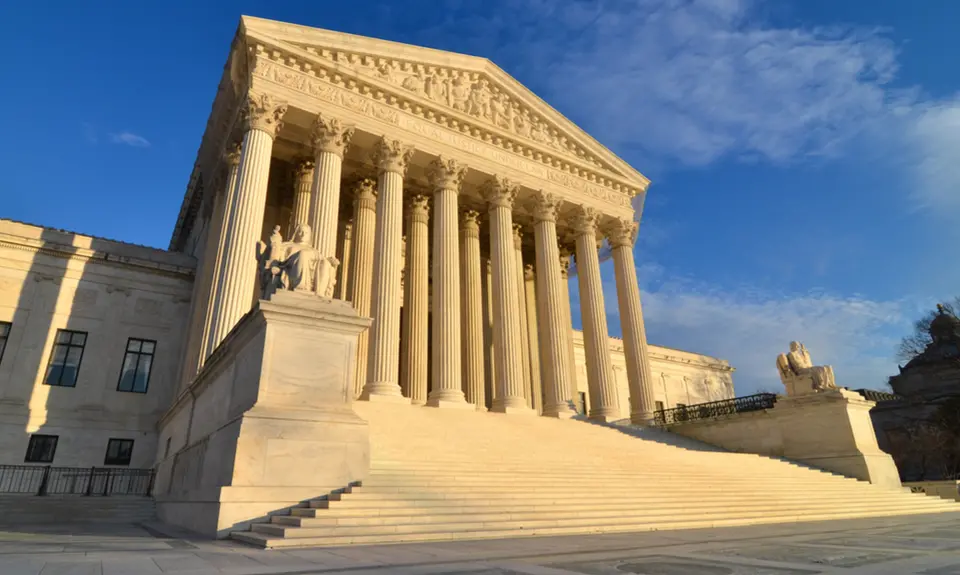“Confirmed Judges, Confirmed Fears” is a blog series documenting the harmful impact of President Trump’s judges on Americans’ rights and liberties. Cases in the series can be found by issue and by judge at this link.
Trump Ninth Circuit judge Lawrence VanDyke cast the deciding vote to reverse a district court ruling based on a jury verdict that a police deputy used excessive force in an arrest. The December 2020 decision is Stoner v Does.
Police in Riverside County, California chased and pulled over Scott Stoner in his car in the early morning hours in Nuevo, a city in the county. According to a complaint that Stoner later filed in federal court, county deputies including Richard Fransik detained Stoner outside his vehicle and used what he described as “unreasonable and excessive force” in arresting him. The complaint contended that this included “excessive baton strikes” to his body, “forceful kicks,” and “repeated punches,” as well as “extensive bite injuries” from a police dog. Stoner maintained that he suffered “severe injuries,” particularly “debilitating injuries to his legs” caused by the police dog.
The case went to trial before a jury. Instead of a general verdict, the jury was directed to answer several specific questions. The jury found that Fransik had used “excessive or unreasonable force” against Stoner, but also found that Fransik’s actions were not “the moving force in causing harm” to Stoner. The judge initially entered the verdict as a judgment for the defense, but then, in response to post-trial motions, determined that it was a verdict for Stoner, since the jury had determined that Fransik had “violated” Stoner’s “Fourth amendment rights,” even though it did not find that damages were justified. Fransik appealed.
In a 2-1 decision in which Trump judge VanDyke provided the deciding vote, a Ninth Circuit panel reversed. The majority claimed that there was “no constitutional violation” as a matter of law because the jury did not find that Fransik’s “unreasonable force was the proximate cause of Stoner’s injuries.”
Judge Kim Wardlaw strongly dissented. Although she acknowledged that the jury’s answers created “ambiguity,” she pointed out that judges have a duty to attempt to “harmonize” differing answers by a jury, and the district judge had done so in this case. The trial judge concluded, she explained, that although the jury found that there was “excessive use of force” in violation of the Constitution, that action was not the “moving force” that caused Stoner’s “ultimate injury,” which the jury may well have believed was caused by Stoner’s attempt to fight with the dog “after the dog seized Stoner.” This interpretation of the jury’s verdict was a “reasonable conclusion,” Wardlaw continued, and should have been upheld.
As a result of Trump judge VanDyke’s deciding vote, however, the finding by a judge and jury that a Riverside police office used excessive force against Scott Stoner was reversed. The case is yet another example of Trump judges voting against accountability for police violence and misconduct.
